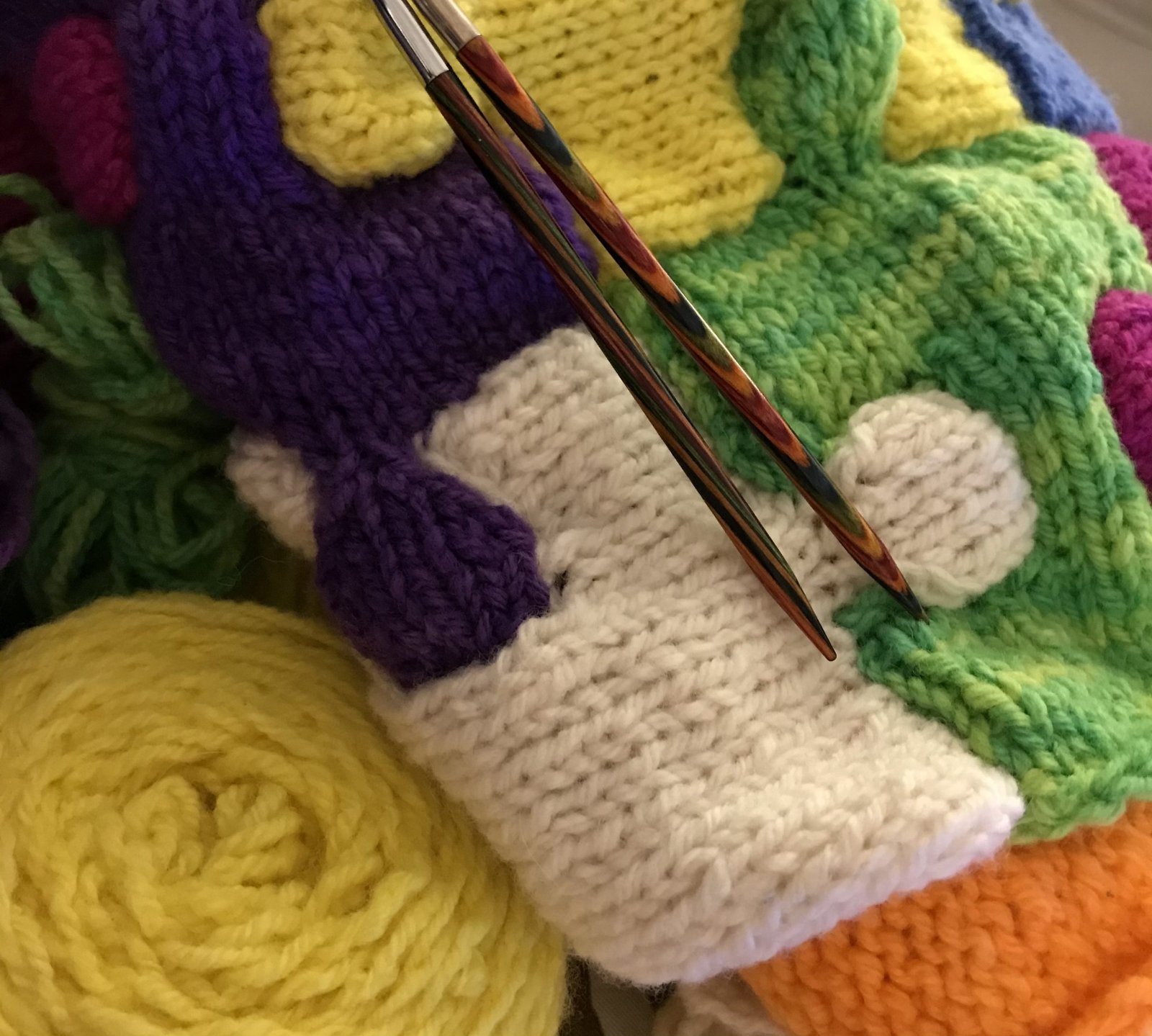Knitting Stresses

by admin
Knitting Stresses – and what to do about them.
We’re not talking about dropped stitches but the sorts of aches and pains that can occur when you’ve immersed yourself in your latest work-in-progress.
Repetitive Strain Injury, or RSI, is a more general term for conditions of the arms, wrists, neck, shoulders and/or back caused by repeatedly performing a motion like knitting or crocheting.
Knitters with RSIs tend to have problems in their wrists, backs, hands, necks, or any combination. Their problems can cause such severe pain that they are unable to continue with their project.
Wendy says ;
“Repetitive Strain Injury is much easier to prevent than it is to treat. The best piece of advice I can give knitters and crafters is to take regular breaks. Sitting with your head down, looking at your work, and repeating movements over and over again will take their toll on the muscles and joints especially of the neck and shoulders. If you ignore the warning signs your body gives you and carry with ‘just one more row’ you could end up causing damage that needs treatment.”
TOP TIPS FOR KNITTERS
- Set a timer
Take a 5 – 10 minute break every half hour or 45 minutes. Get up. Walk around, do some stretches, have a drink of water, make a cup of tea (hydration helps keep joints healthy) and stop when you feel tired.
- Tools
- Use circular needles for big projects. Afghans, long scarves and sweaters are heavy, and holding the whole project on one straight needle puts a lot of strain on your wrists. Using a circular needle, even if your project is straight, will help distribute the weight and make your wrists happier.
- Use fat needles. Large needles are easier to grip and will put less strain on your hands than small needles. Of course not all projects can be accomplished on large needles, but if you’ve had an injury in the past it can’t hurt to choose projects worked on large needles, which will be easier on your hands.
- Techniques
- Learn a different knitting method – if you’re an English style knitter try out the continental technique or vice versa. Being able to alter the way you hold your needles and wrap your yarn can extend the amount of time you spend knitting.
- Hold your needles and yarn lightly. If the reason you are knitting tightly is to maintain the correct gauge, try using knitting needles one or more sizes smaller. It really does not matter what size needle you use as long as your gauge is correct.
- Have more than one WIP (work-in-progress). This is usually not a problem for knitters! Doing a few rows of each project, like socks, or a jumper, or a scarf can help you to vary the strains on your body.
- Posture
Posture is important when you’re sitting for long periods in the same position.
- Sit up straight
- keep your feet on the floor
- keep your elbows tucked in
- keep your knitting close to your lap, not up in the air.
- Eyes
- have adequate lighting
- look into the distance regularly
Recommended Posts

Does Osteopathy Work?
7th March 2021

New Practice Procedures
15th June 2020

A Sporting Giant!
17th July 2019
